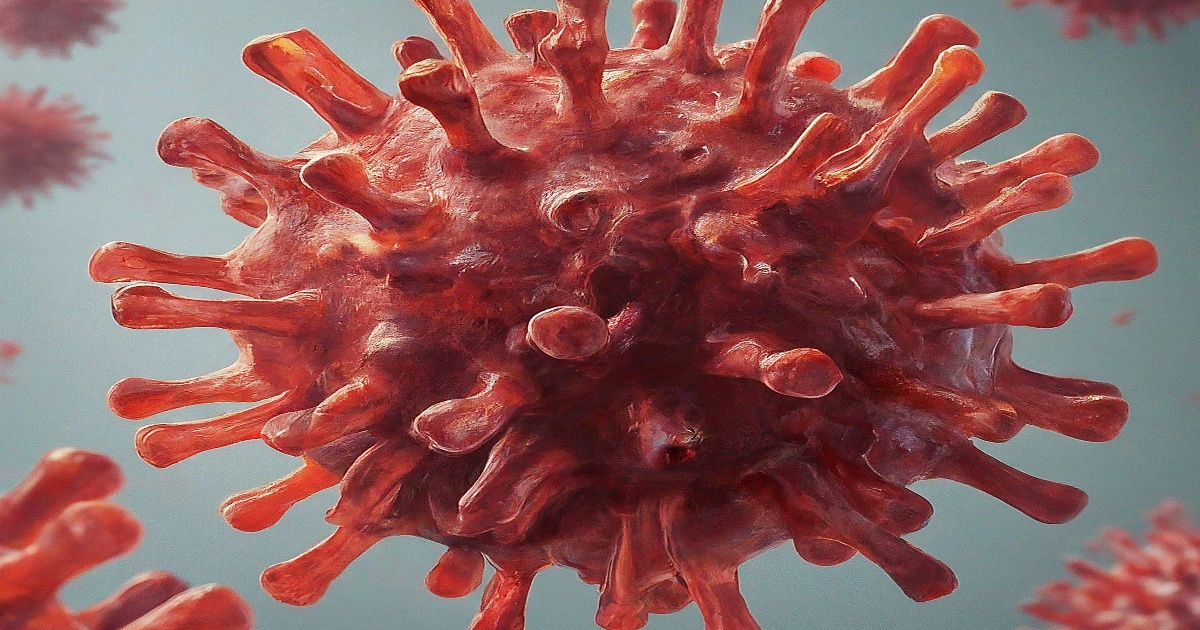China Experiences Surge in Respiratory Infections, Including HMPV
China is currently experiencing a surge in respiratory infections, including cases of the flu-like human metapneumovirus (HMPV). This increase is particularly noticeable among children aged 14 and below and coincides with the annual winter spike in respiratory illnesses across northern provinces.
The China Center for Disease Control and Prevention (CDC) reported an upward trend in overall respiratory diseases recorded between December 23rd and 29th, without releasing specific figures. This follows a similar increase in caseloads observed during the week of December 16th to 22nd.
In response to this surge, Chinese CDC officials are piloting a monitoring system for "pneumonia of unknown origin." This system involves establishing protocols for laboratories and disease control agencies to verify and handle cases.
Social media platforms in China have been flooded with images and videos showcasing crowded hospitals, clinics, and medical centers, highlighting the impact of the respiratory illness surge.
The Chinese CDC advises the public to take protective measures such as wearing masks, staying up-to-date with vaccinations, and maintaining proper hygiene practices to mitigate the spread of respiratory infections.
While acknowledging the increase in respiratory illnesses, Chinese foreign ministry spokesperson Mao Ning emphasized that the diseases appear less severe and are spreading on a smaller scale compared to the previous year.
Understanding Human Metapneumovirus (HMPV)
HMPV is a respiratory illness with symptoms similar to the common flu, including coughing, fever, nasal congestion, and shortness of breath. In severe cases, the virus can lead to complications like pneumonia or bronchitis.
The US Centers for Disease Control and Prevention (US CDC) warns that HMPV can cause upper and lower respiratory disease in people of all ages, especially young children, older adults, and individuals with weakened immune systems. The estimated incubation period for HMPV is between 3 to 6 days.
HMPV is most active during late winter and spring in temperate climates. Young children, the elderly, and those with weakened immune systems are most vulnerable to infection.
The virus spreads through close contact with an infected person, touching contaminated objects or surfaces, and inhaling respiratory droplets from an infected individual.







8 Comments
Rolihlahla
This surge is alarming, and the lack of specific figures from the CDC is unacceptable!
G P Floyd Jr
Masks and hygiene can only do so much. What about proper vaccination campaigns?
Martin L King
Glad to see health officials urging people to take precautions. It's all about prevention!
G P Floyd Jr
It’s concerning that the focus is mostly on the virus instead of supporting healthcare workers.
Donatello
Crowded hospitals are not a good sign. This situation needs urgent action!
Raphael
While the hospitals are crowded, at least we know they are taking the situation seriously.
Leonardo
Staying updated on vaccinations is a smart move. We should all follow this advice!
Michelangelo
It's great that the government is trying to manage the situation with new protocols!